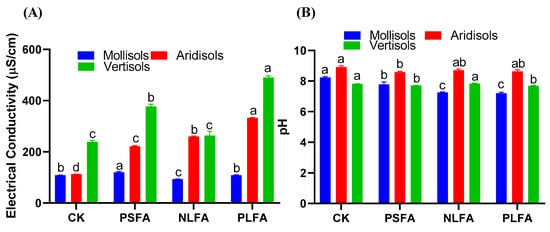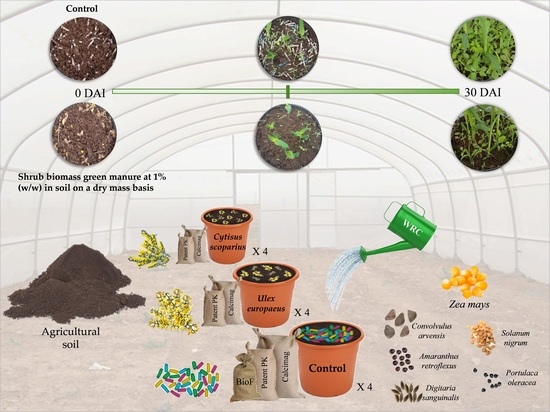Plants 2020, 9(2), 211; https://doi.org/10.3390/plants9020211 - 6 Feb 2020
Cited by 18 | Viewed by 4137
Abstract
This study evaluates the antimicrobial and antifungal potential of the essential oil extracted from a species located in the Andes of Ecuador, Piper barbatum Kunth, known as “cordoncillo” or “allupa”, used by the Quichua people as an antibacterial plant for washing female genitalia
[...] Read more.
This study evaluates the antimicrobial and antifungal potential of the essential oil extracted from a species located in the Andes of Ecuador, Piper barbatum Kunth, known as “cordoncillo” or “allupa”, used by the Quichua people as an antibacterial plant for washing female genitalia in cases of infection. The most abundant molecules in the essential oil were: α- phellandrene (43.16%), limonene (7.04%); some oxygenated sesquiterpenes such as: trans-sesquisabinene hydrate (8.23%), elemol (7.21%) and others. The evaluation of antimicrobial activity showed activity in all the strains analyzed; however, those in which MIC values are considered to be very strong (less than 500 µg/mL) are: Staphylococcus aureus 264 µg/mL, Streptococcus mutans 132 µg/mL, Candida albicans 132 µg/mL and Candida tropicalis 264 µg/mL. Antimicrobial bioautography defines which molecules are responsible for the activity; thus, it was possible to establish the chromatographic regions of = 0.02 and Rf = 0.04, as those with active molecules. It was established that 4 hydroxylated sesquiterpene molecules are involved: elemol (7.21%), trans-sesquisabinene hydrate (8.23%), β–eudesmol (3.49%) and 10-epi-γ-eudesmol (1.07%); the last two being the most active. The aim of this manuscript is to analyze both the ancestral knowledge of the Quichua people of Ecuador, and the chemical-biodiversity of the Andean forest ecosystem, in order to provide new raw materials of pharmaceutical interest.
Full article
(This article belongs to the Special Issue Antimicrobial Compounds in Plants)
►
Show Figures












